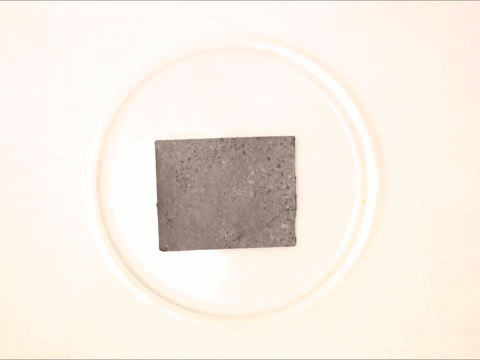Berkeley Lab discovers a new plastic that can be recycled an infinite number of times without losing its quality, thereby changing the economics of recycling.
Check out my new Packaging Digest article to learn about the discovery of PDK and how it offers a solution to pollution.
Above: Time-lapse video of PDK dissolving into original monomers

